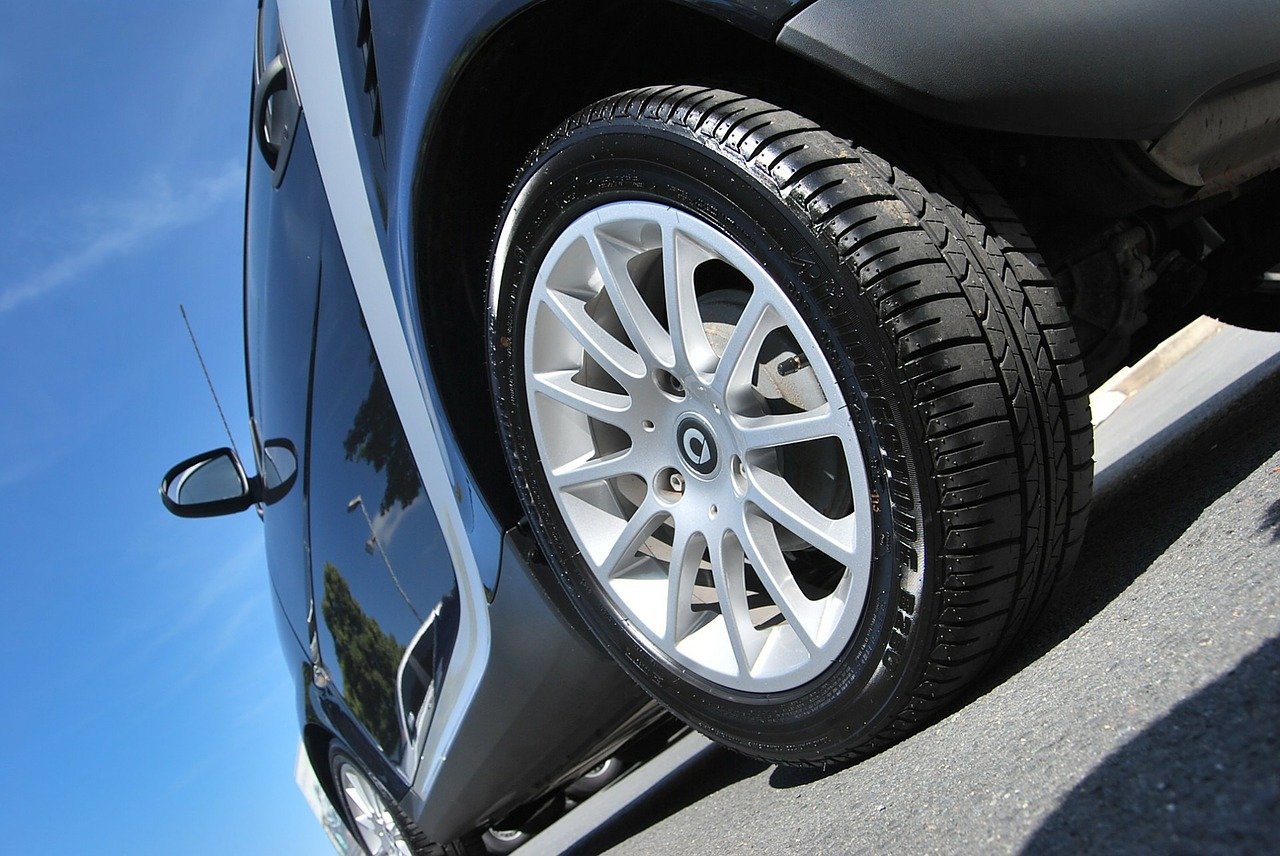Being able to decipher a large code located on the side part of the tires of your car is a very useful skill since these numbers and letters can provide you with some crucial information about the your car. For instance, understanding this code will help you to easily check the size of the tires. Even though the tire code looks rather large, it is not thus difficult for reading. Actually, the information printed on the tires is required by the government. As a result, you have to deal with a quite massive combination of numbers and letters which are explained in this article.
For the comfort of presentation of this information, we are going to divide the code into parts according to their location related to the brand name which is the largest printed word on the tire.
The code left to the brand name
Let’s first look at the part of the code located to the left of the brand name.
The size of your tires
The code on your tires is starting with a number coming before a slash which tells you about the size of the tires at their widest point. Note that this parameter is true while a tire is measured being mounted on a wheel of a particular size.
For example, number 245 means the width is equal to 245 mm.
A tire profile
The number coming after the slash and preceding the letter R (D or B) means its aspect ratio. For example, number 40 means that the height of the tire’s sidewall equals to the 40% of the tire’s width.
Tire construction
After the aspect ratio, you will find the R, D or B letters. R means radial construction and this is the most popular type of construction, so the majority of tires have exactly this letter. D stands for bias-ply and B for belted tires. These types are less widespread.
The size of the wheel suitable for usage with this tire
After the tire construction, you will see a number indicating the size of a compatible wheel in inches. For instance, 18 stands for an 18-inch wheel.
Additional symbols
Some tires also have extra letters for indicating the purpose of tires. Thus, p-metric tires which are most frequently used on passenger cars are indicated with P. Light-truck tires use the LT symbol. T stands for a temporary spare.
Furthermore, the radial indicator can also be mixed with Z or F. The first letter is used for indicating Z-rated tires, while the latter is used for run-flat tires.
Service description
A short alphanumeric code before the brand name holds important information about the performance of the tires. Generally speaking, the code holds the information about the maximum weight the car with these tires can carry and which is the maximum speed for these tires.
Pay your attention to the fact the numbers on the tires are symbols standing for another numbers, for example, the code 93 means them maximum load of 1433 pounds. The maximum speed is described with a letter which can range from L meaning 75 mph up to Y standing for 186 mph. If the letter Y is printed in parenthesis, it means the tires are suitable for even higher speed.
The heaviest spot of the tire
You can also see a red dot right before the name of the brand. It is usually used to point the tire’s heaviest spot.
The symbols above the name of the brand
The next group of symbols is usually located right above the name of the brand.
Treadwear
Treadwear stands for the approximate time of lasting of the tire. This is described with a number which usually has three digits. For instance, if it is 200, means the treadwear of 20,000 miles.
Yet, you should realise this number is not exactly the one that is offered by the tire warranty. For example, if you check particular models of Continental and Goodyer tires, you will see, both of them offer warranty for 80,000 miles. Yet, none of this brands has exactly this number states on their tires as treadwear. Furthermore, these numbers differ between the two brands. Thus, for Continental, it is 600, while in the case of Goodyer, it is 740.
Traction
As you can imagine, traction, indicates the quantitative measure for the grip generated by the tire on the pavement. Actually, the tests check this parameter on the wet surface. Yet, many experts will tell you that today this number is not crucial anymore, since the majority of cars are equipped into anti-lock brakes.
Temperature
When it comes to the temperature and tires, this is related to the ability of tires to dissipate heat which has an impact on the speed of your car. Even though this parameter has influence on the quality of driving, it is not thus important as the tire’s speed rating.
Two rows of information to the right of the brand name
Near the name of the tire brand, you can see a list of materials used for producing the tires. Below this information, you might see some extra symbols in case they are related to your tires.
On the first position, some tires have the M+S sign which means “mud and snow”. Although this means such tires are improved by better performance during such weather conditions, you should be aware these are not winter tires. In all likelihood, they are not even all-season tires.
Winter tires have a special symbol looking like a combination of a picture of a snowflake with a three-peak mountain. The last possible symbol in this place is OE marking which stands for the original equipment.
Labeling for a particular country
In a separate place on the tire, you might see special labeling required by your country which includes the date of production.

